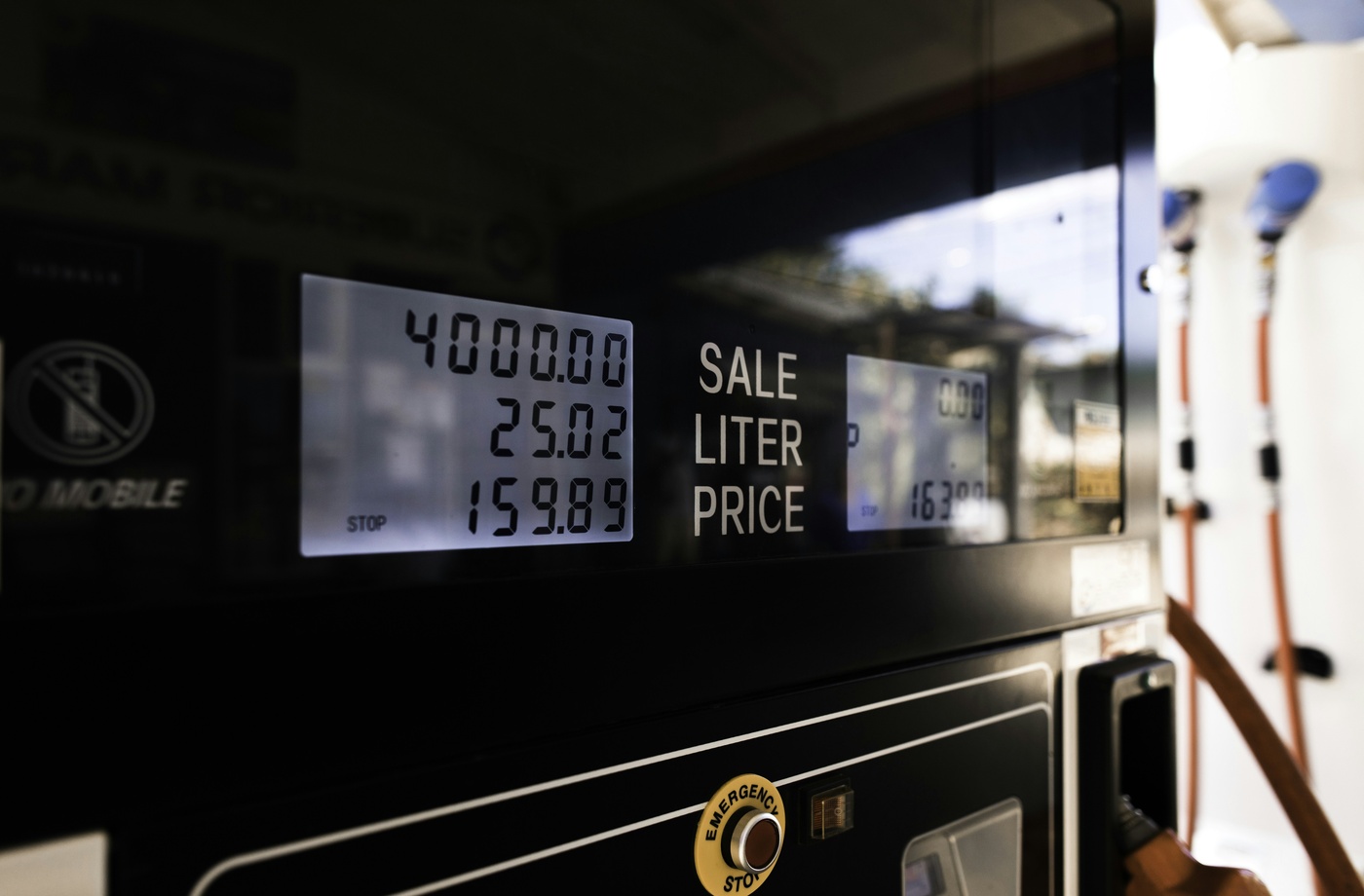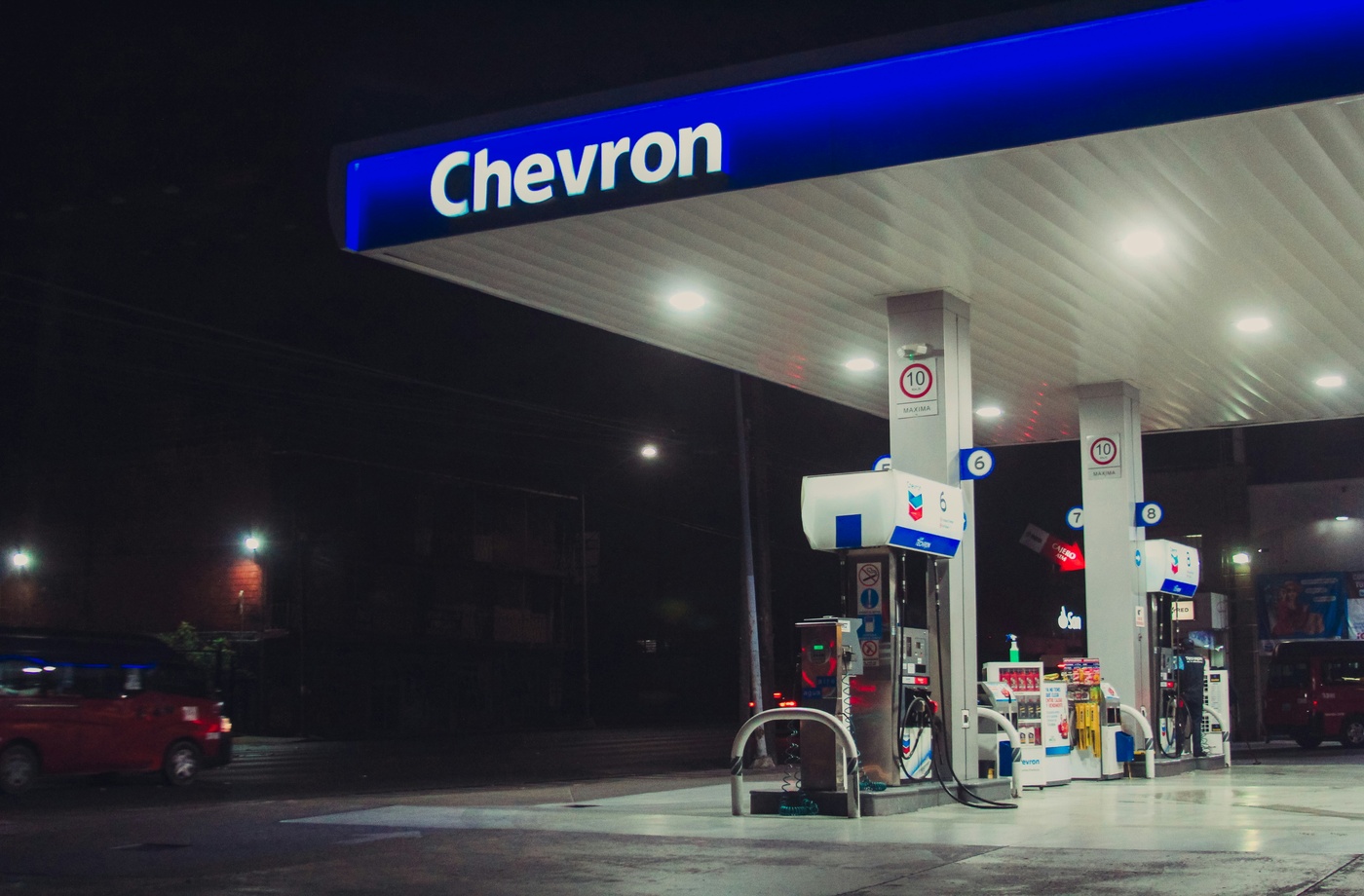Whether you’re commuting daily or hitting the road for long weekend drives, your driving habits directly impact how much you spend at the pump. While vehicle type and road conditions matter, how you drive can make a bigger difference than most people realize. Mastering a few key fuel-efficient driving techniques can help you get more miles per gallon—and save serious money over time.
Here are the most effective techniques to improve your fuel economy on every drive.
- Accelerate Smoothly and Steadily
Rapid acceleration is one of the biggest fuel drains. The harder you press the gas pedal, the more fuel your engine consumes. Instead, accelerate gently, keeping RPMs low and letting your vehicle build speed gradually. In city driving, this can improve mileage by as much as 10%–40% according to the U.S. Department of Energy.
- Maintain a Consistent Speed
Fluctuating speeds waste fuel. On highways, use cruise control to maintain a steady pace and reduce unnecessary throttle input. Avoid speeding, too—fuel economy typically peaks between 50 and 60 mph for most vehicles. Driving faster than that increases wind resistance and reduces efficiency.
- Anticipate Traffic and Use Engine Braking
Keeping a safe following distance allows you to anticipate stops and coast gradually instead of slamming on the brakes. In manual cars, downshifting early and using engine braking helps maintain momentum while reducing fuel use. Even in automatics, easing off the pedal early and letting the car slow naturally saves more fuel than hard braking.
- Reduce Idling Time
Idling burns fuel without moving you anywhere. If you’re stopped for more than 60 seconds (except in traffic), turn off the engine. Modern engines use less fuel restarting than idling, and it cuts down on emissions as well. Some newer vehicles offer auto start-stop technology to handle this automatically.
- Minimize Use of AC and Heat
Air conditioning systems put an extra load on your engine, reducing fuel economy by up to 25% in some conditions. On cooler days, open windows at lower speeds. On hot days, park in the shade and use window shades to reduce cabin heat buildup. At highway speeds, closed windows with moderate A/C use are more efficient than driving with windows down due to aerodynamic drag.
Source: FuelEconomy.gov
- Lighten the Load
Extra weight forces your engine to work harder. Remove roof racks when not in use and avoid storing unnecessary items in your trunk. Even 100 pounds of excess weight can reduce fuel economy by about 1%, especially in smaller vehicles.
- Keep Your Tires Properly Inflated
Under-inflated tires increase rolling resistance, which can reduce your MPG. Check your tire pressure weekly and inflate them to your manufacturer’s recommended PSI (usually found on the driver’s door jamb or in your owner’s manual). This simple habit improves safety and fuel efficiency.
- Combine Trips When Possible
Multiple short trips from a cold start use more fuel than a single longer trip covering the same distance. Try combining errands into one outing, especially if you’re already on the road for work or school. This reduces engine warm-up cycles and improves overall fuel efficiency.
- Use the Right Motor Oil
Using the manufacturer-recommended grade of motor oil can improve fuel economy by 1%–2%. Look for oil labeled “Energy Conserving” on the API performance symbol, which contains friction-reducing additives that boost efficiency.
Drive Smart, Save More
Fuel-efficient driving is about more than MPG—it’s about making every dollar at the pump go further. These techniques don’t require special equipment or major lifestyle changes, just a little awareness and consistency. Whether you’re driving a compact sedan or a full-size SUV, applying these habits can lead to noticeable savings and a more sustainable commute.



